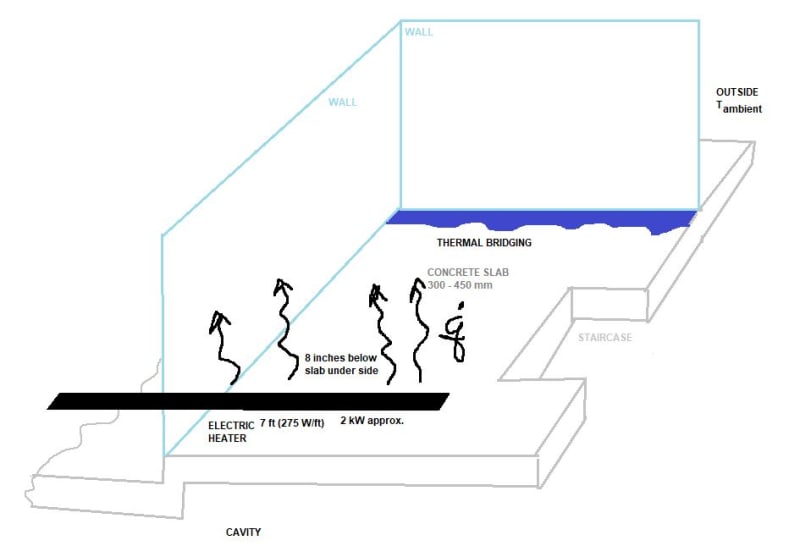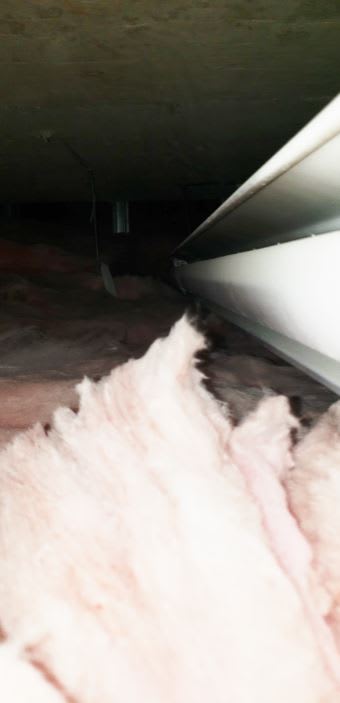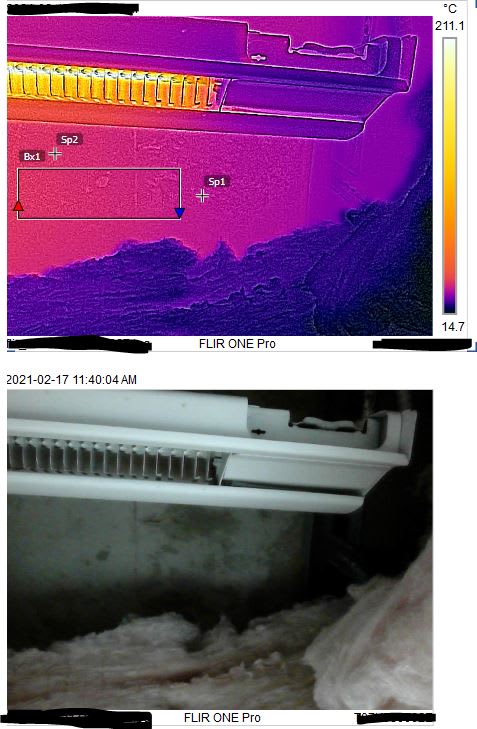Trick question is, You ask how much heat will be generated.
Then you tell us the answer. 275W/m x 7 m = 1925W
You will generate that much heat.
You need to ask a more specific question, such as how hot the room above the slab will get after 4 hours, or something like that.
So, obviously you will generate heat with your 1925W heater. The question is then probably something like, Is that a practical way to heat the space above the slab?
I didnt run any numbers, but I think not. 400mm of concrete may take two days or so to reach some kind of equilibrium temperature itself. That temperature depends on how much heat is conducted by the concrete to the outside the wall and how much heat is convected by air from both heater and concrete away from entering the space above. There isn't likely much heat left that will have a chance to get into the space above. It may also take several days to feel any difference, if ever. You have several tonnes of concrete to heat and basically the power of my wife's hair drier. Its like bright sunshine on 4 or 5 Square meters of surface. I'm guessing that after 3 days, you might notice some difference in the room, if that was a closed space and provided that little heat escaped to the slab on the left, or was convected away by air before it ever reached the bottom of the slab. Some radiation going on there, but that isn't as efficient as direct contact. Probably better to put the heater strip above the concrete, if indeed your goal is to warm that area.





